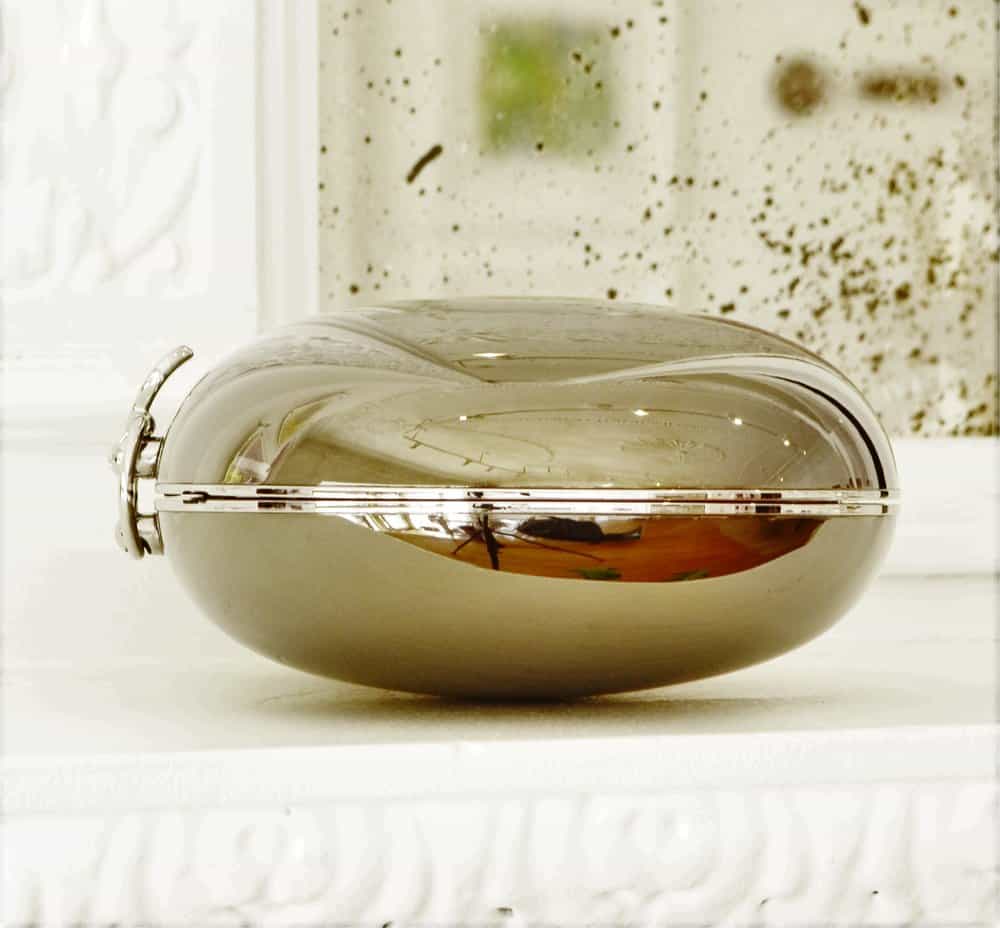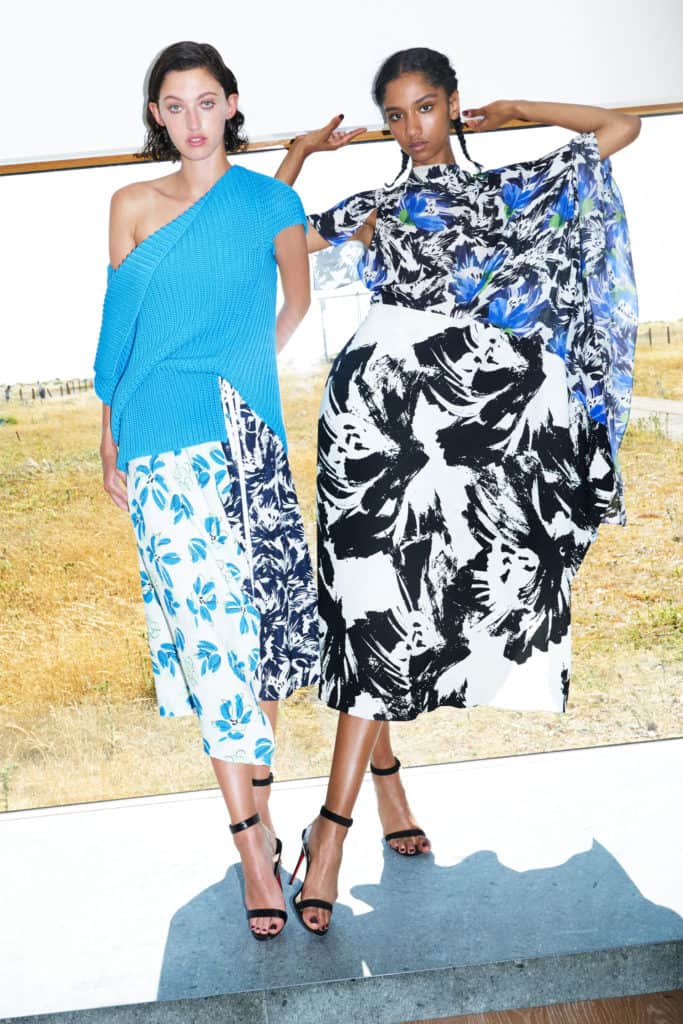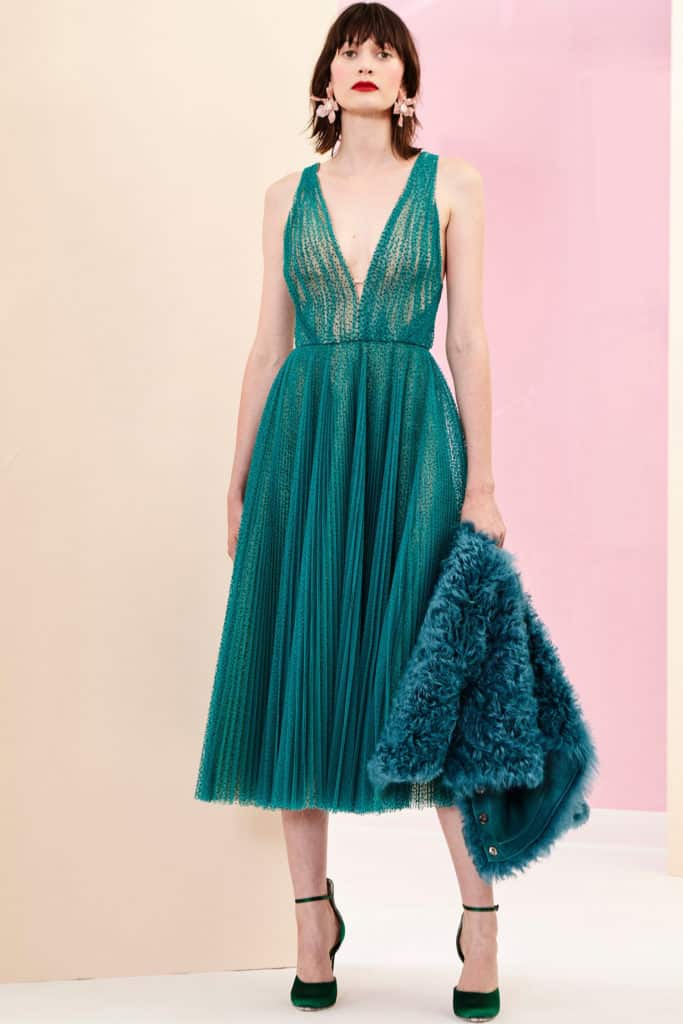
If Jeffrey Levinson’s lozenge-shaped chrome and 18-karat gold minaudières recall sleek racecars and space capsules, that’s no accident. Like a contemporary Colossus, Levinson strides the worlds of finance/science and the arts, the analytical and the intuitive, the entrepreneurial and the creative. One of his grandfathers was an architect, while an aunt has a sculpture in the collection of the Philadelphia Museum of Art. Levinson himself would hone his artistic and scientific sides with a bachelor of arts degree from Wesleyan University, a master’s in maritime economics and policy from the University of Delaware and an MBA from the University of Virginia.
His first job was as a scientific advisor to the United States Environmental Protection Agency. Stints in marketing at Ford Motor Co. and Jaguar Cars North America followed. Finance awaited. At Janney Capital Markets, he led clean tech and project finance efforts, completing $6 billion in transactions and advisory for clients worldwide. That was followed by his tenure as managing principal of Spring House Advisors, a boutique consultancy advising clients on growth initiatives and capital raising.
Levinson would marry the two strains in his personality in a Philadelphia-based, “made in the U.S.A.” accessories company, which began with his line of Elina clutches in 2014.
“Elina” means “ray of light,” and the clutches’ gleaming, curved surfaces capture that luminosity. The solid-color purses, which Mary Jane Denzer carries, are like gemstones. Others are adorned with butterflies and botanicals. One in particular features white and multicolored butterflies on a pearly field, with the large, black-and-white butterfly casting a trompe l’oeil effect as it seems to flit toward you. This clutch has an Italian lambskin lining in white; a detachable 30-inch stainless steel serpentine chain (although a 46-inch cross-body chain is also available); bright chrome hardware; and two interior pockets. It also comes with a logo dust bag and a micro-fiber polishing cloth.
Ah, but will it accommodate the largest cell phones? For that, you’ll want the Elina PLUS, 30% larger for even the bulkiest phone cases. As with the Elina, the PLUS has Levinson’s patented phone signal access technology that allows your phone to work while inside the neatly closed (and latched) purse.
Technology aside, Levinson’s style has yielded a clutch that will race into your heart and make you feel like a million bucks.




